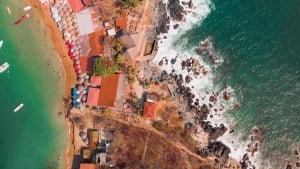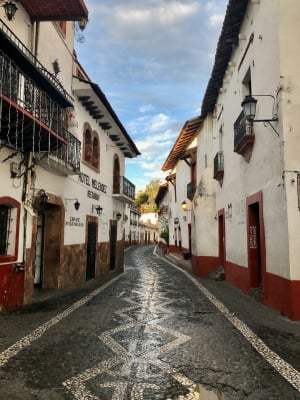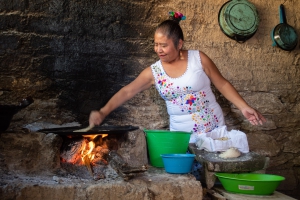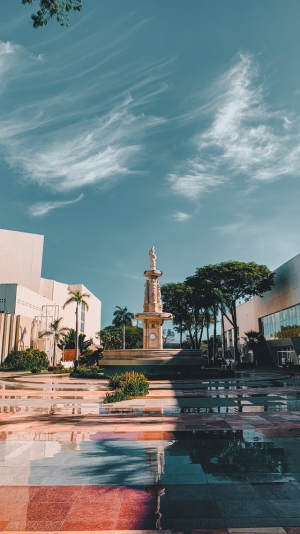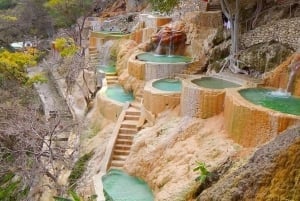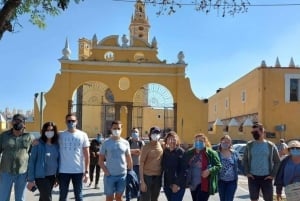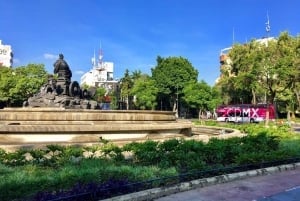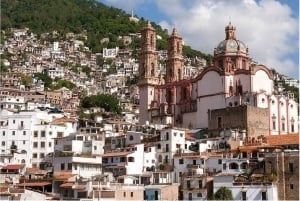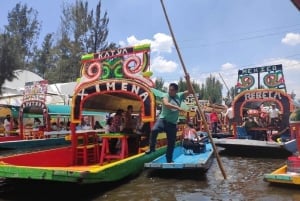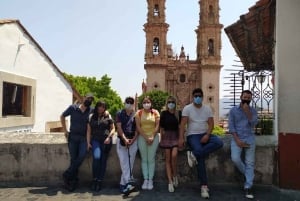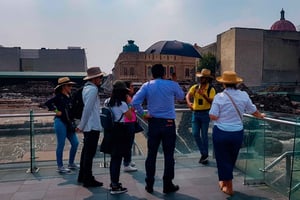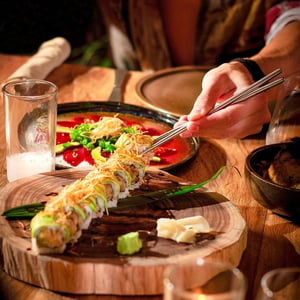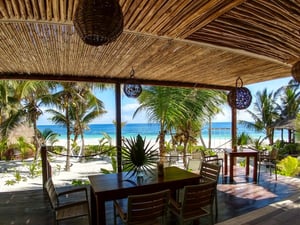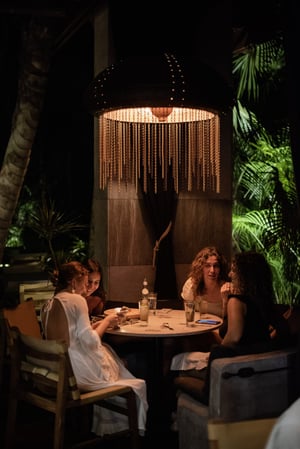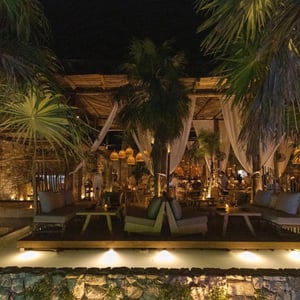Guerrero
The area was named after Vicente Guerrero, a hero of the Mexican independence wars.
In south-west Mexico, Guerrero is a state. It is bounded on the south by the Pacific Ocean and the northwest by the states of Michoacán, México, and Morelos, and on the northwest by Puebla, and on the east by Oaxaca. Chilpancingo is the capital.
The area was named after Vicente Guerrero, a hero of the Mexican independence wars, and became the state in 1849.
The State relief is decided by the Sierra Madre del Sur apart from its narrow coastal plain; its narrow river valleys, mostly fertile and forested, though difficult to reach, lie between its spur. The state's main river is the Balsas, fed by several affluents. The tropical downturns and high temperatures on the coast and in the lower seas are colder and cooler.
Guerrero is one of the coldest areas in Mexico with an average daily high temperature of just 28 degrees Celsius. The whole year round is warm to warm and encourages you to bathe at average water temperatures of 27°C.
The pre-Hispanic history of Guerrero is mainly recognized in archeology. The state has 1,705 archeological sites registered; seven are officially publicly accessible. Among these are La Organera, Palma Sola, Teopantecuanitlán, and Cuetlajuchitlán.
The resort centers are now two key colonial towns: Acapulco, which once was Manila's main harbor, and Taxco, a highland town with many beautifully restored buildings of the colonial period. For that reason, this last one is known as one of the “Pueblo Magico” of Mexico. In recent years, Zihuatanejo has become a popular tourist destination and its seaside neighbor, Ixtapa.
The state has a range of ecotourism sites including cliffs, caves, flora and fauna wilderness, camping sites, and sports facilities. In the region of Acapulco, several extreme sports are offered, while in Dos Arroyos you can explore a number of caves such as Grutas Dos Arroyos. Gruta de Cacahuamilpa National Park is the best-known cave in the province.
If you are a nature lover, we suggest you visit the Parque Nacional Grutas de Cacahuamilpa (National Park Grutas de Cacahuamilpa) where you can find different rock formations. On the other side, The Cascada de Cacalotenango is the ideal spot for hiking on the other side.
The strong influence of the Indian, Spanish and French cuisine and the indigenous cultures of the area can be seen in the gastronomy of this state. Some of its typical dishes are white pozole, aporreado, and octopus in love with fresh ingredients such as onion, garlic, and epazote.




